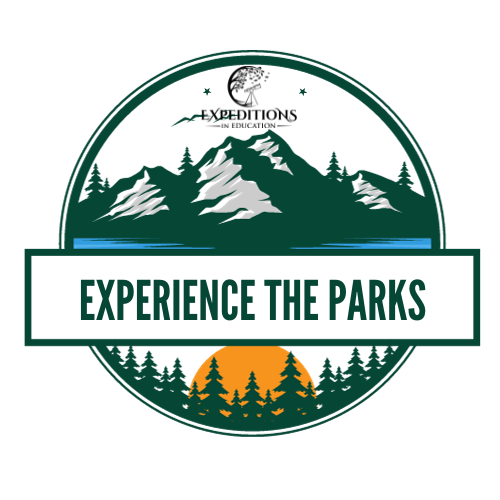Pullman National Historical Park
Announcing a collaboration between Pullman National Historical Park and Expeditions in Education. This school year we will be partnering with PULL to bring school visits, professional learning experiences, and LiveStreams to Pullman National Historical Park. Our goal is to bring out the STEAM in learning for this one-of-kind national park site in Chicago, Illinois. The partnership aims to enrich education by connecting students and educators with the rich history of Pullman, where the interplay of industry and community provides a dynamic backdrop for learning.
Pullman National Historical Park is more than a mere relic of the past; it is an educational treasure trove that epitomizes the American spirit of innovation and the quest for social justice. Named for George Pullman, the park encapsulates the essence of the American industrial age, showcasing the profound shifts in production and labor relations. Here, educators and students will engage with the narrative of the Pullman Company and its workers, delving into the 1894 Pullman Strike's crucial lessons on labor rights and social reform. This collaboration will illuminate the significance of Pullman in American history, using its legacy to inspire and educate, while emphasizing the importance of integrating STEAM disciplines into the learning journey to foster a holistic understanding of historical and contemporary issues.
Below you find a few of our March events. Reach out to [email protected] or [email protected] for more information!
Pullman National Historical Park is more than a mere relic of the past; it is an educational treasure trove that epitomizes the American spirit of innovation and the quest for social justice. Named for George Pullman, the park encapsulates the essence of the American industrial age, showcasing the profound shifts in production and labor relations. Here, educators and students will engage with the narrative of the Pullman Company and its workers, delving into the 1894 Pullman Strike's crucial lessons on labor rights and social reform. This collaboration will illuminate the significance of Pullman in American history, using its legacy to inspire and educate, while emphasizing the importance of integrating STEAM disciplines into the learning journey to foster a holistic understanding of historical and contemporary issues.
Below you find a few of our March events. Reach out to [email protected] or [email protected] for more information!
|
Get ready for an immersive educational experience as classrooms from around the country join us for our 2nd Livestream at Pullman National Historical Park on March 21st at 1 pm ET. Following the success of our first event, we're returning to Pullman to delve even deeper into its rich history. Join us as we uncover fascinating facts about Pullman, exploring its architectural marvels and the artistic inspirations that have emanated from this iconic location.
|
I CAN Statements for Thursday's LiveStream on March 21st at 1 pm ET:
- I can describe how the Industrial Revolution changed American society by making cities bigger, changing how workers were treated, and introducing new machines.
- I can explain who George Pullman was and how his company made long trips easier with the Pullman sleeping car.
- I can describe how people fought for better treatment at work in the late 1800s and early 1900s, including the formation of labor unions and the significance of the Pullman Strike of 1894.
- I can define what company towns are and explain how they affect society, using Pullman as an example.
- I can explore the history of African American workers in Pullman, including the challenges they faced, their contributions, and their experiences.
- I can understand how cities like Pullman are designed and built, and identify the architect responsible for planning the town, Solon Spencer Beman.
- I can identify the special buildings in Pullman and explain how they reflect the town's history and unique style.
- I can discover the different cultures living in Pullman, including people from various countries and backgrounds who came to work for the Pullman Company.



